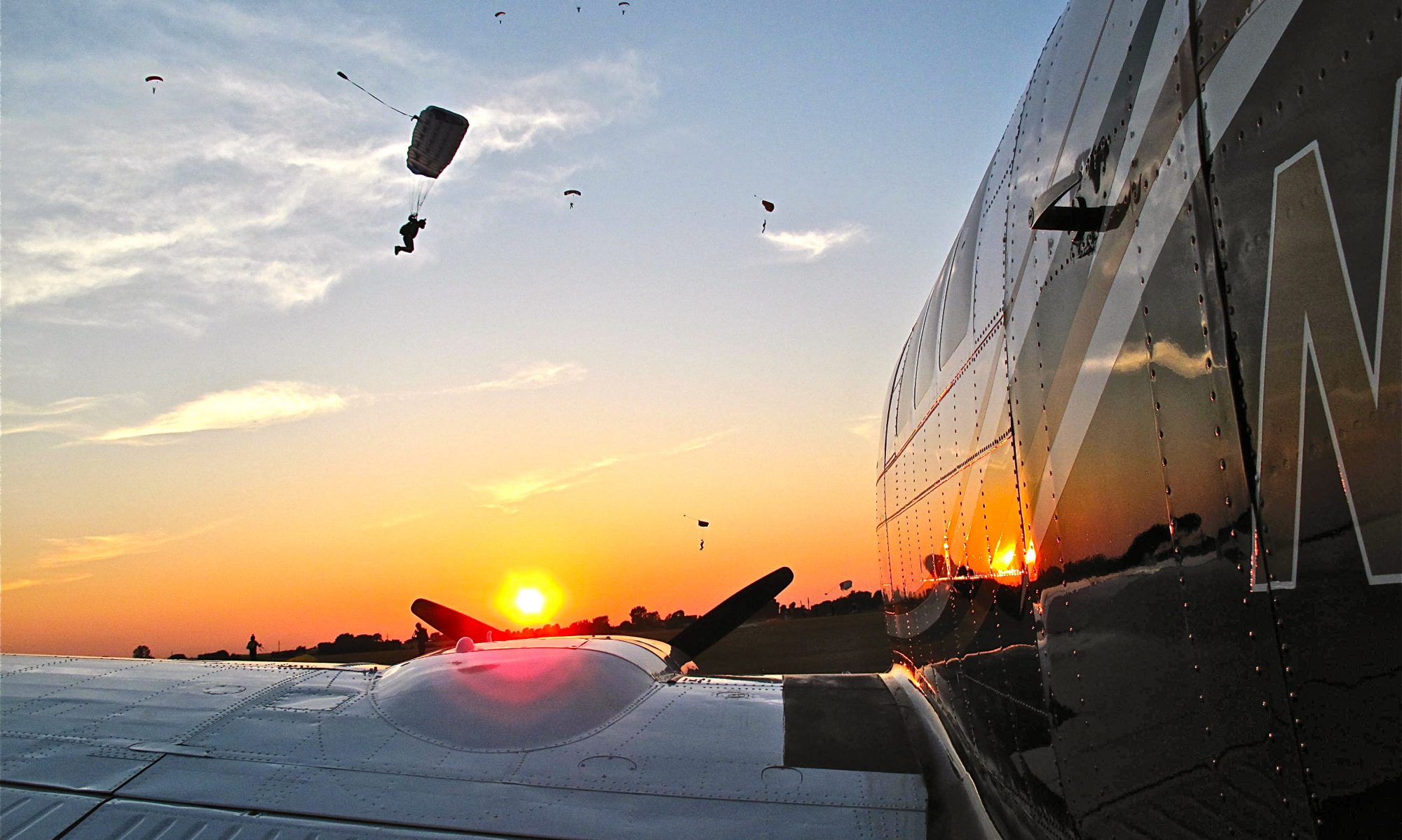Searchers in Antarctica say the crash of a Canadian Twin Otter was “not survivable” and the operation is now a recovery mission and it will be October before that can happen. Three Canadians, including aircraft commander Bob Heath, his copilot Mike Denton, 25, and an unidentified third person were aboard the aircraft, which hit the side of a mountain in the Queen Alexandria range. The aircraft was owned and operated by Kenn Borek Air, of Calgary, which is world-renowned for its work at both poles using specially equipped Twin Otters and DC-3s. Weather has improved in the area, which was hit with 100-mph winds for two days after the Twin Otter’s ELT was triggered on Wednesday. A helicopter reached the site on Sunday but crew members were unable to reach the front of the aircraft, which was embedded in the snow. They did, however, recover the cockpit voice recorder.
The aircraft was flying from the South Pole to an Italian base on Terra Nova Bay when it went down. New Zealand officials, who coordinated the search, said the aircraft appeared to made direct impact with the mountain on a steep slope. The aircraft was well-stocked with survival gear and initially there was hope the crew could survive to be rescued. Kenn Borek Air has not commented on the news. The aircraft was one of 14 it has in Antarctica this season.
Pick Your Nose Art

Plane Porn

Someday, baby, someday.
Ferry Flight Pic Of the Day
This is a shot I took of the Phenom 100’s Nav display last year on the first leg of our ferry flight from Sydney to Las Vegas. Marcio and I ran into strong headwinds and were worried that we might not make the airport with sufficient fuel reserves. The green circle that is just beyond our destination is the Phenom’s computer generated fuel range circle that show’s how far we can fly based on fuel remaining at the current power setting and winds aloft. It’s fascinating to watch the circle expand when you throttle back to the long range power settings. You will also note that the range circle isn’t centered on our aircraft reflecting the winds aloft over Australia. Having a computer figure out how far you can fly is a pretty handy thing have on a ferry flight. Normally I have to figure it out myself using my old fashioned E6B flight computer, and as you all know, math is hard. Ten minutes later the headwinds picked up causing the range circle to shrink even farther and us pilot guys to find a closer place to get gas. We diverted to Longreach, small airport in the middle of the outback and stumbled upon the Qantas airline museum.
Plane Porn

Survival
Things are firming up for the Cirrus trip next week. As of now my co-pilot Marcio and I leave for Augsburg Germany this Friday. We might spend the weekend goofing off in Munich but plan on leaving as soon as the plane is ready, probably on Tuesday. This trip is going to be a dangerous one not only because if we go down in the north Atlantic this time of year the chances of surviving are low but even going down in Greenland or northern Canada could be potentially fatal. The forecast for the Goose bay area in northern Canada is calling for below zero temps (Fahrenheit) and snow for most of the next week so being prepared to spend a few nights on the ground in the event of a crash is imperative. I’ve spent the last few days putting together my survival gear for this trip and find it challenging due to the limited space we’ll have available in the small plane. Not being able to take all the winter survival equipment I’d like to have I’m counting on using a lot of the materials that can be found in the plane, like the parachute. Unfortunately if the plane burns after the crash we’re screwed. Here’s some of the gear I’m taking.
Plane Porn






